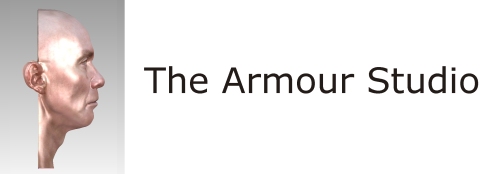The Klein Bottle was first described in 1882 by the German mathematician Felix Klein. It is a one-sided surface which, if traveled upon, could be followed back to the point of origin while flipping the traveler upside down. Other related non-orientable objects include the Möbius strip: whereas a Möbius strip is a surface with boundary, a Klein bottle has no boundary (for comparison, a sphere is an orientable surface with no boundary).

This glass “laboratory flask” is the classic realisation of the Klein Bottle. Conceptually I have always felt the Klein Bottle is very “bodily” both in appearance and in concept. Thus I have started a enquiry into how we respond to seeing a “Klein Body”.
Continuing some of the themes which emerged in the project Infinite Surface, and building on the thinking of Lygia Clark and Jean-Francois Lyotard regarding the Moebian band, these are a few sketches pulled from my workbooks.















The interior becomes a protuberance which then inserts back into itself. Self-insertion? Auto-copulation? The container becomes the contained. The concept of the Fold as explored by Deleuze and Foucault. It appears as a being, yet it is not “being-ed”. This disrupts the ideas of the skin-ego as proposed by Anzieu, where the functions of containing, maintaining, protecting are rendered impossible, but sexual excitation is potentially enhanced?
By externalising the interior, and likewise extrapolating the outside to the inside, we are destroying the boundaries of our own subjectivity, (Mary Richards).
References:
Lygia Clark and Yve-Alain Bois. “Nostalgia of the Body” October, Vol. 69.
Lyotard, J-F. 2004. Libidinal Economy. “The Great Ephemeral Skin – Opening the libidinal surface”.
